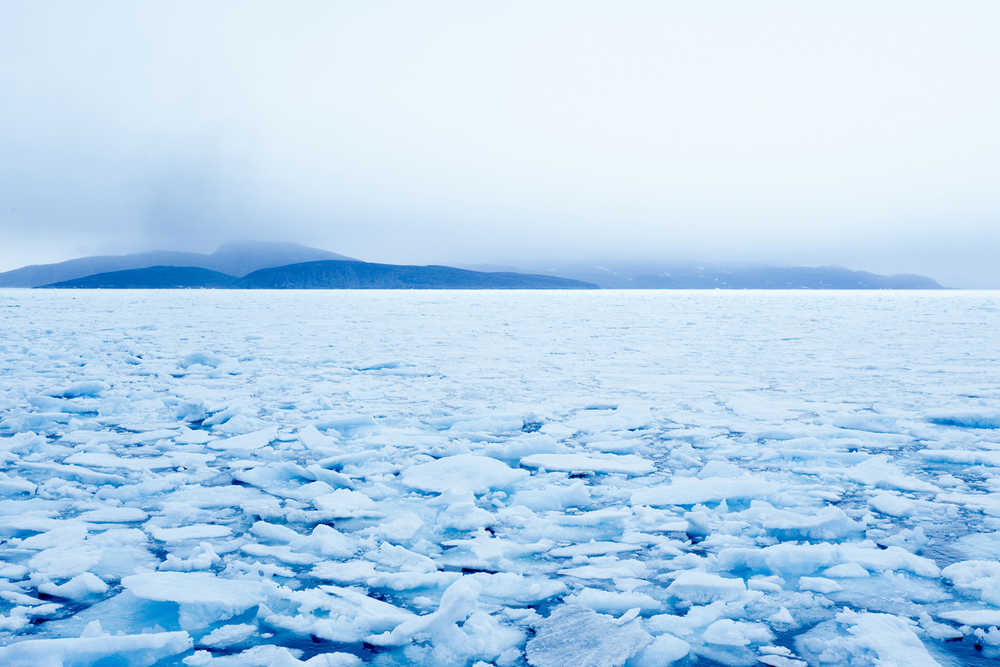ANCHORAGE — As world leaders began talks in Paris on solutions to global warming, the National Park Service on Monday released a report detailing agency efforts to address threats to national parks from climate change.
The report lists 24 case studies in U.S. parks from Maine to American Samoa, including two in Alaska.
Interior Secretary Sally Jewell noted the report Monday in Paris, where she was scheduled to meet with delegates to the UNESCO World Heritage Committee and discuss protecting World Heritage sites.
“What’s happening in our national parks is a small window into the impacts of climate change on natural and cultural resources around the world,” Jewell said in a release.
In Alaska, the agency notes reduced sea ice blamed on rising ocean temperatures that affect the Bering Land Bridge National Preserve and Cape Krusenstern National Monument. Both are in northwest Alaska.
Reduced sea ice, according to the agency, delays the winter return of sea ice, leaving the coast vulnerable to storms and erosion. The agency is paying attention to lagoons, which provide habitat for important bird populations, and how they could be affected by rising sea levels and changing chemical characteristics of water.
The reduction in sea ice also has allowed for an increase in oil development and marine traffic, raising the potential for marine spills.
The National Park Service, according to the report, is responding with long-term monitoring of lagoons and the coast for a better understanding of vulnerability in the parks.
Cultural resources also are threatened at the preserve and the monument, which hold ancestral villages of the Inupiat people.
Average temperatures in the Alaska Arctic have risen at twice the rate of the rest of the world, according to the report, and precipitation patterns are changing. Permafrost, a layer of soil that stays frozen year-round, has preserved cultural resources but is melting and eroding.
The park service has responded by developing a model intended to predict locations and vulnerability of the archaeological sites.

